
By Zen Lynch
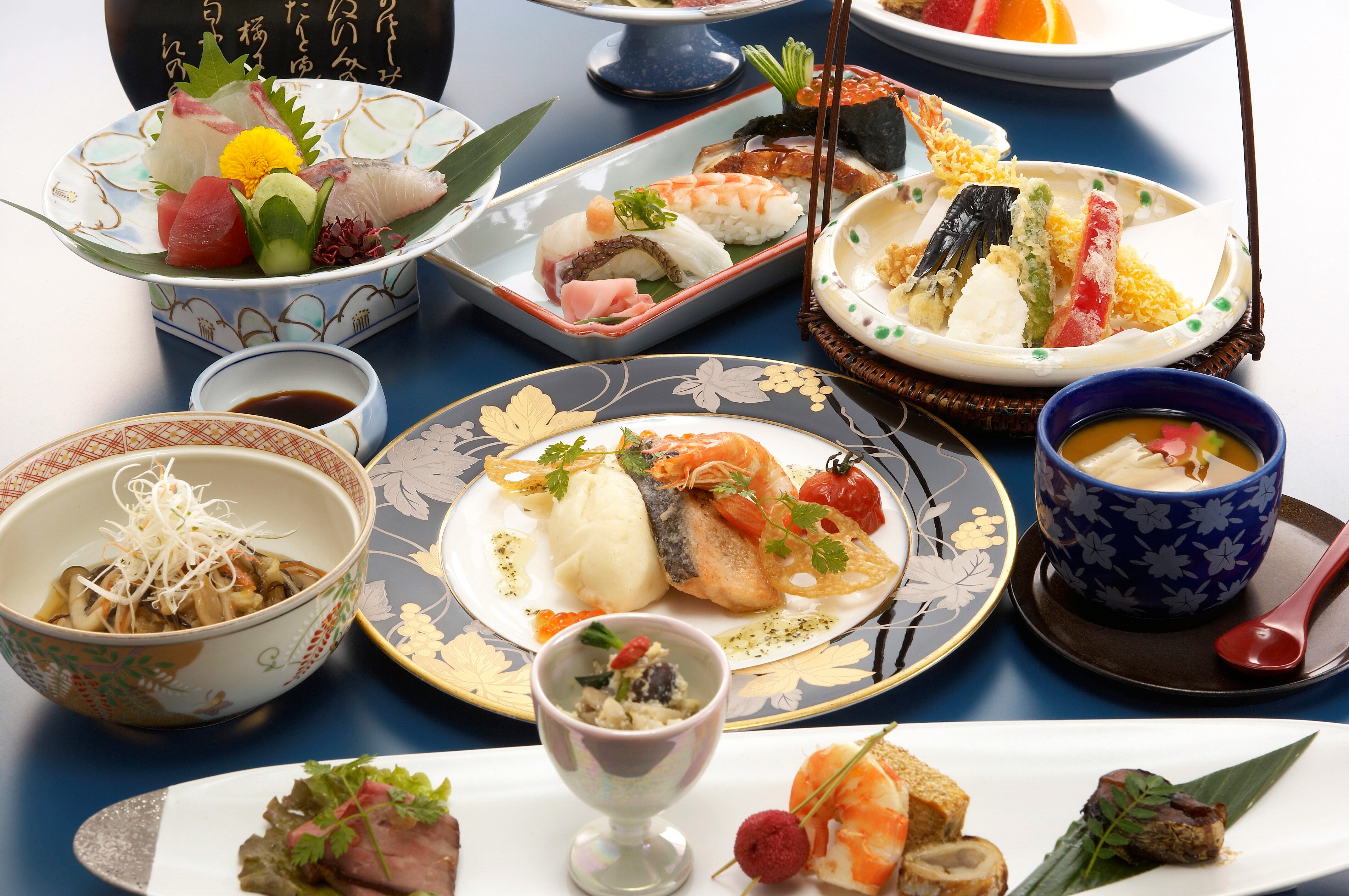
1. Japanese food, in all of its variety!
Japan is a nation of foodies, and it’s no surprise, with Japan holding 31 Michelin Star restaurants — more than any other country in the world! The streets are lined with delicious, easily accessible, and affordable options. Stalls are plastered with wax recreations of the food to show you exactly what’s in store. In the most obscure nooks and crannies, you can find sushi, tempura, soba, okonomiyaki (a cabbage pancake with batter and savory brown sauce), and, in some regions, takoyaki (fried octopus balls). Japan constantly fuses technology with food which creates restaurants like conveyor belt sushi, vending machine ramen restaurants with zero-staff, and even robot restaurants. Robata, or Japanese grills, are very popular and kaiseki dinners provide another artful, delicious experience. For the foodies, restaurants specializing in wagyu, like Mikaku, or omakase experiences, where a sushi chef chooses the pieces you eat along with the courses, can be a truly joyful time. If you are a noodle lover like the Lynch family, Japan is certainly the center of the high-quality noodle universe — ramen (although originally from China), soba, and udon abound! For those who travel to Osaka, we highly recommend a small but busy restaurant located in Nanba called Houzenji Shiawase Ramen.
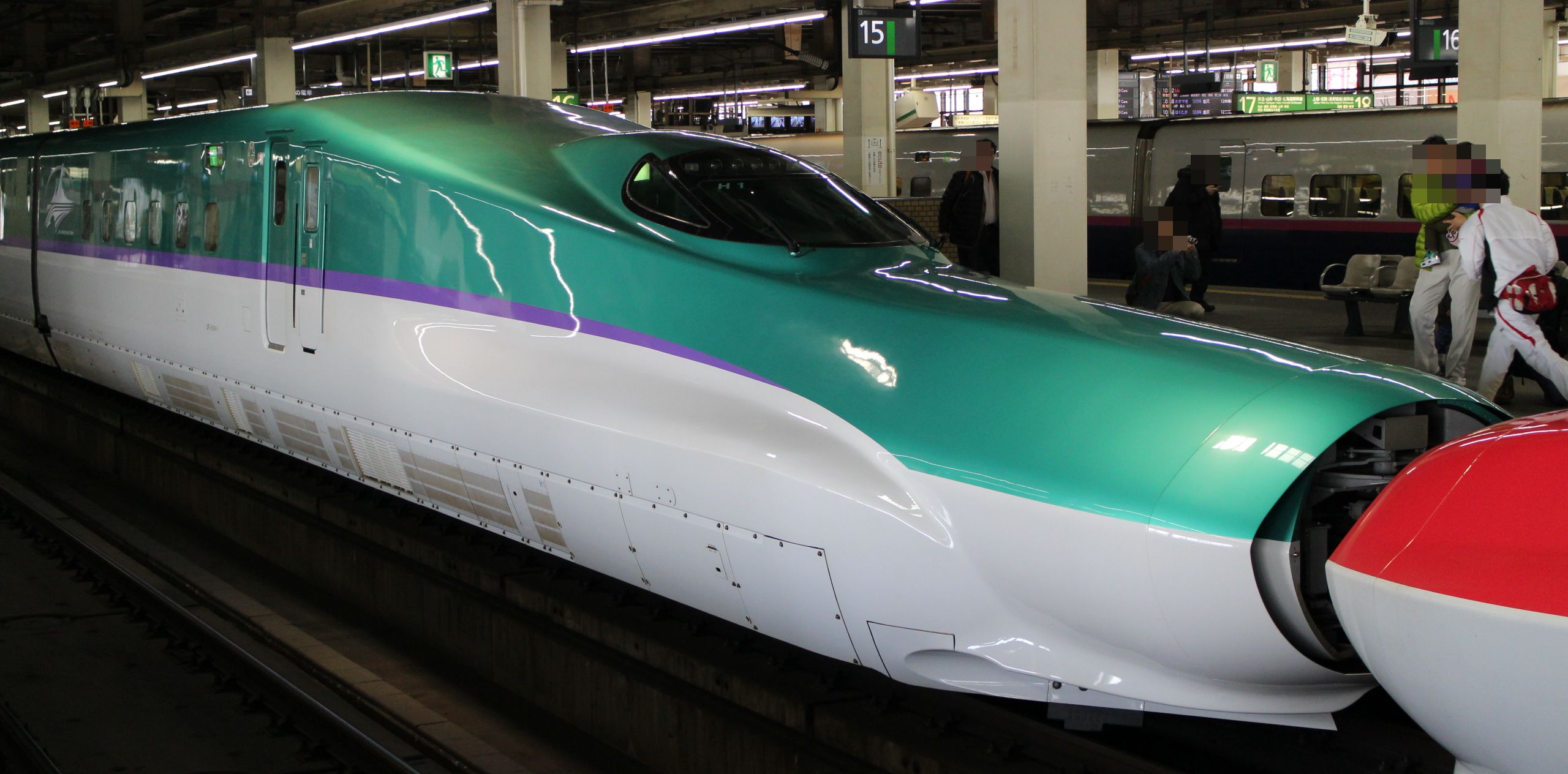
2. Japan’s Shinkansen (bullet train)
Similar to so much of Japan, its railway/Shinkansen transport system is refreshingly efficient, immaculately clean, fast, and completely reliable. If only we had SHINKANSEN in the States! We particularly love the First Class N700 Green Cars featuring ergonomic seating and tilting technology for an unbelievably smooth ride!
On the precipice of nearly 60 years of service, Japan’s Shinkansen can rightfully boast of having the best safety record on the planet, having served seven billion passengers without a single passenger fatality due to collision or derailment.
Following the tragic January 2024 earthquake in Noto, the JR East Line, which runs through the areas majorly affected by the earthquake, resumed nationwide operations less than 24 hours later.
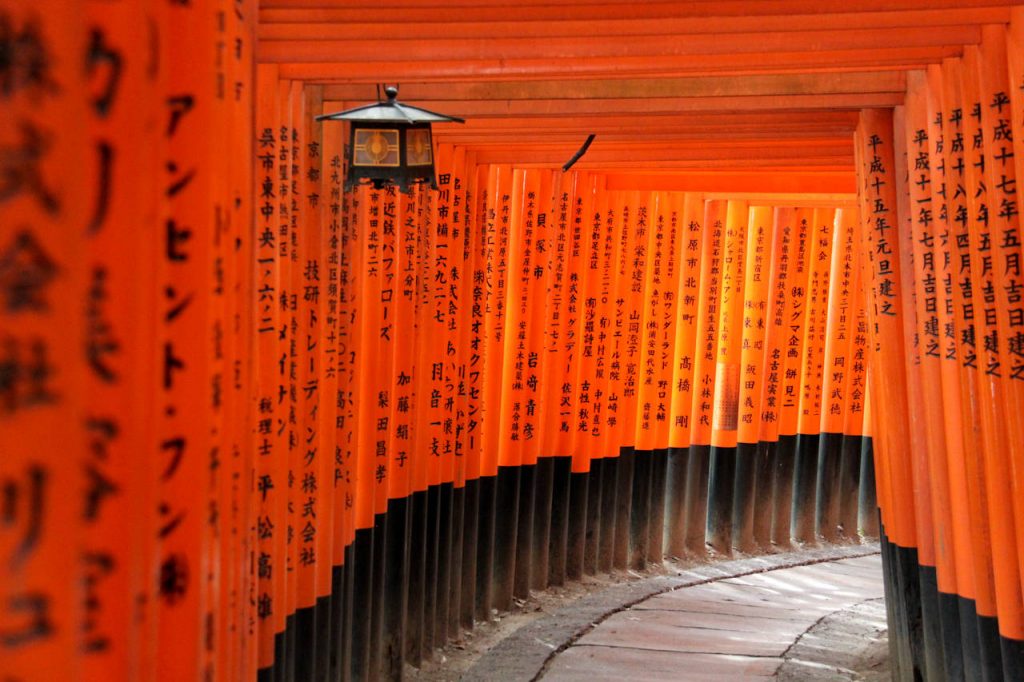
3. Shinto shrines & Buddhist temples
Kyoto alone holds more UNESCO World Heritage sites than any other locale in the world (17 in total!). Just a few of the thousands of temples and shrines scattered across Kyoto are Fushimi-inari (our favorite), Heian Jingu, Kiyomizudera (“Pure Water Temple”), Kinkakuji (“Golden Pavilion”), Saihoji (green moss temple), and Nazenji (Zen’s favorite). Other notables include Meiji Shrine in Tokyo and, of course, Todaiji in Nara. We feel visiting these many shrines and temples gives you a clear window into the cultural and spiritual psyche of Japan.
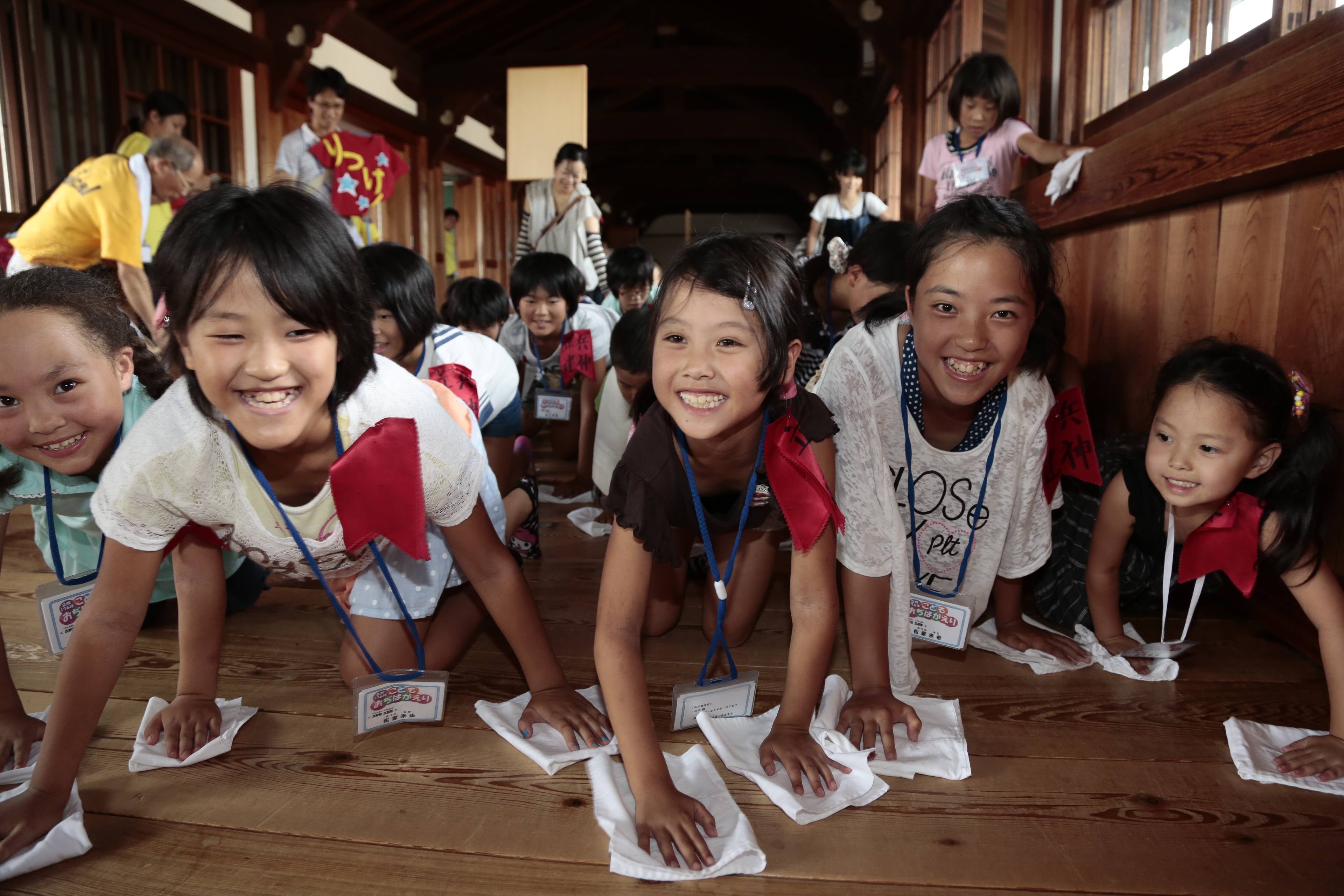
4. Beyond clean!
Regardless of where you travel in Japan, the natives are well-groomed, neat, and fastidiously clean. This extends to streets, homes, office buildings, and wherever; from garbage men with carefully sculpted hair to the country’s meticulously spotless and efficient white-gloved taxi service. This Shinto-centered obsession with cleanliness is symbolized whenever entering any shrine. Before entering, one must perform temizu, a short cleansing ritual meant to prevent outside impurities from entering the shrine. We cannot overlook the country’s Yen currency (crisp, clean, and almost too beautiful to spend) and its meticulously clean bathroom culture (we are much impressed with Toto’s new all-spraying all-deodorizing, oscillating, heated NEOREST NX toilets at the Aman Tokyo).
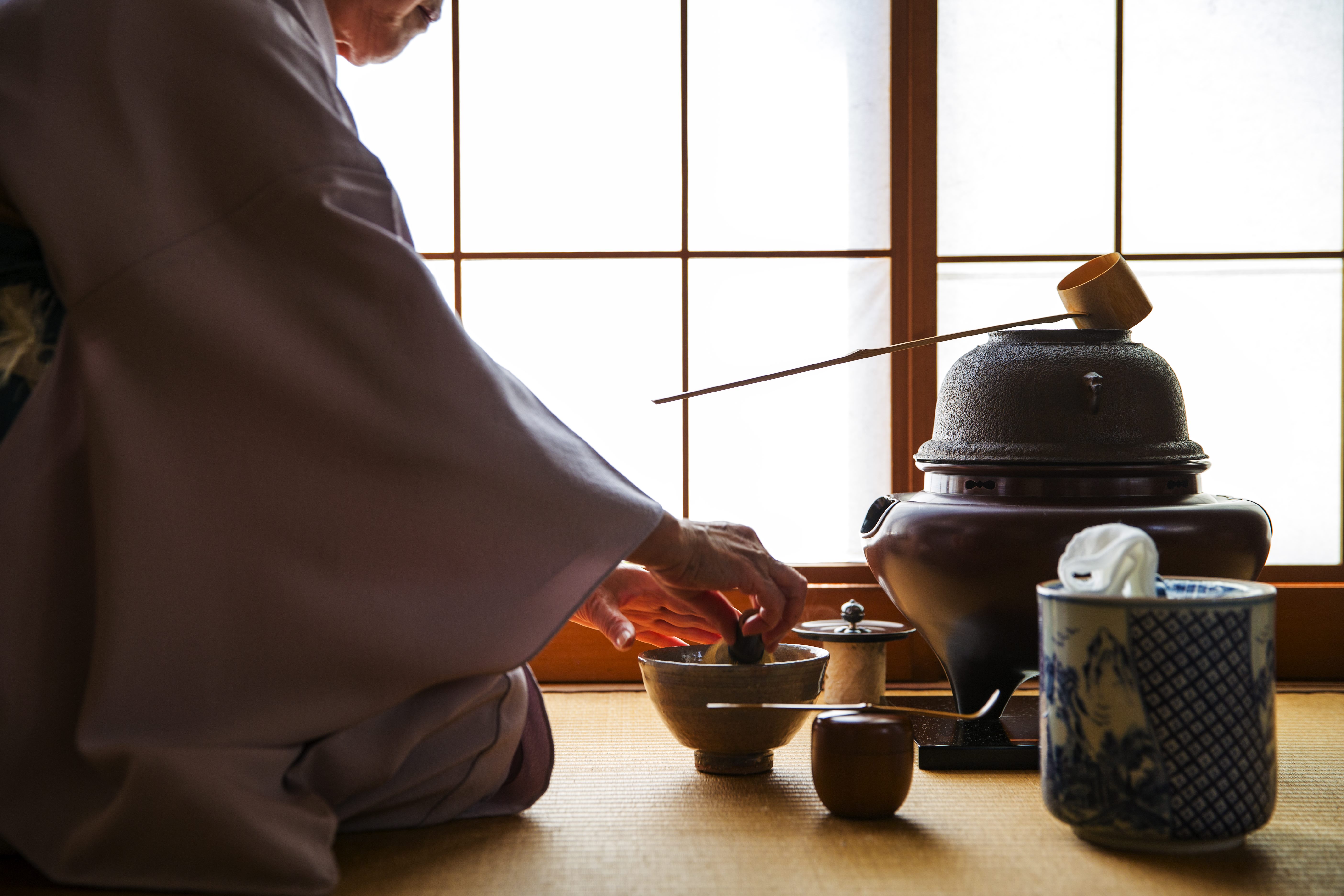
5. Wabi-sabi aesthetic
A big part of our fascination with Japan is its unique wabi-sabi aesthetic. Wabi-sabi is a Japanese worldview/state of mind emphasizing simplicity and purity — the beauty and awe of all things humble, imperfect, and unpretentious (for example, a beautiful sunrise, the still morning frost, a graceful Japanese tea ceremony). The critical thing is savoring life’s simple daily pleasures. A long-time Japanese friend has described this philosophy to me as a sort of hopeful sadness that recognizes that nothing is perfect, nothing lasts, and nothing is ever finished.
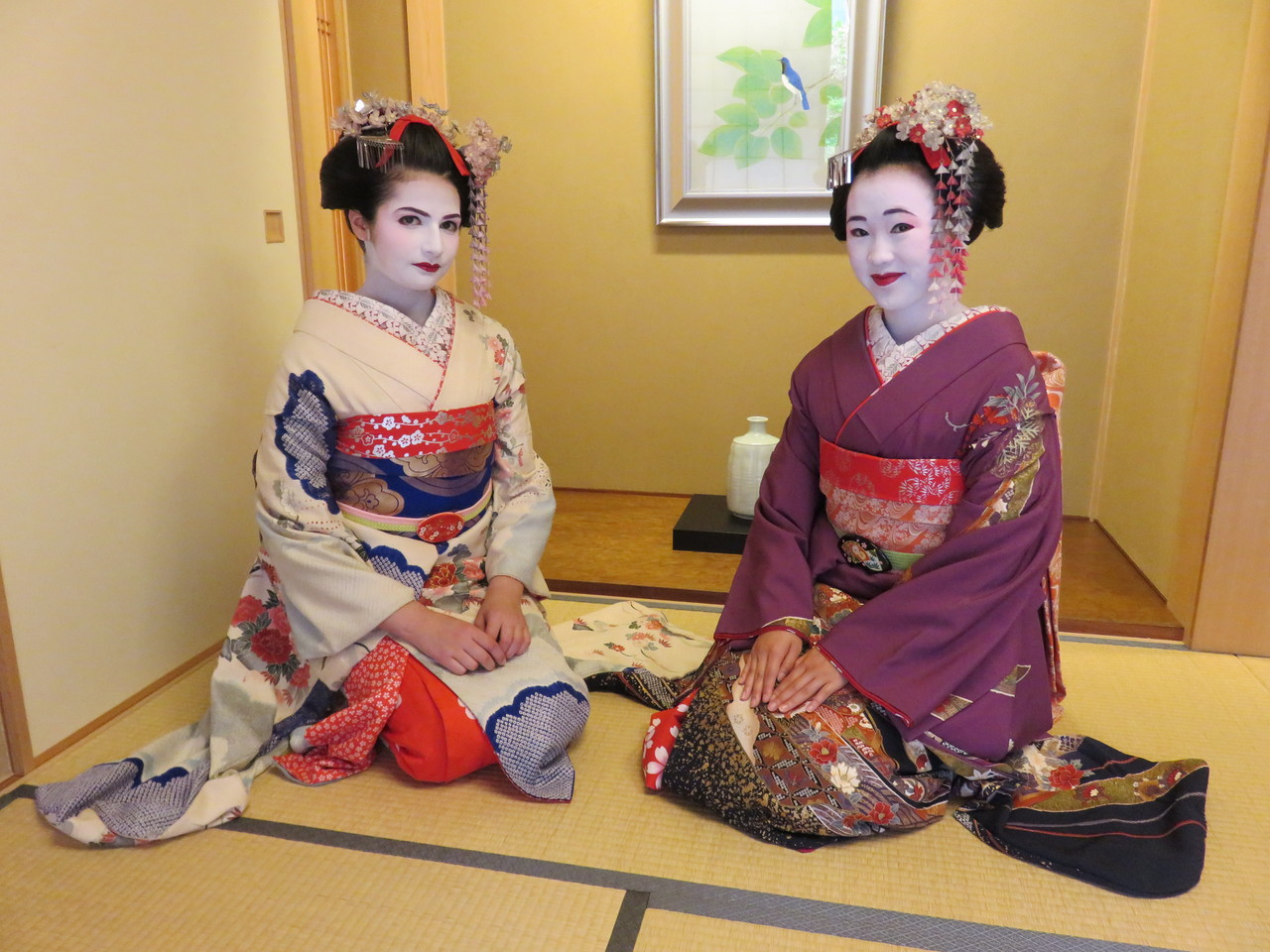
6. Geisha culture
A private geisha dinner with a Geiko (geisha in Kyoto), Maiko (apprentice geiko), and Jikata (instrument-playing geiko), is an other-worldly experience. While being served a multi-course kaiseki dinner, you are serenaded with traditional Japanese song and dance. Separately, Zen feels her geisha “makeover” was among her most “awesome” experiences in Japan.
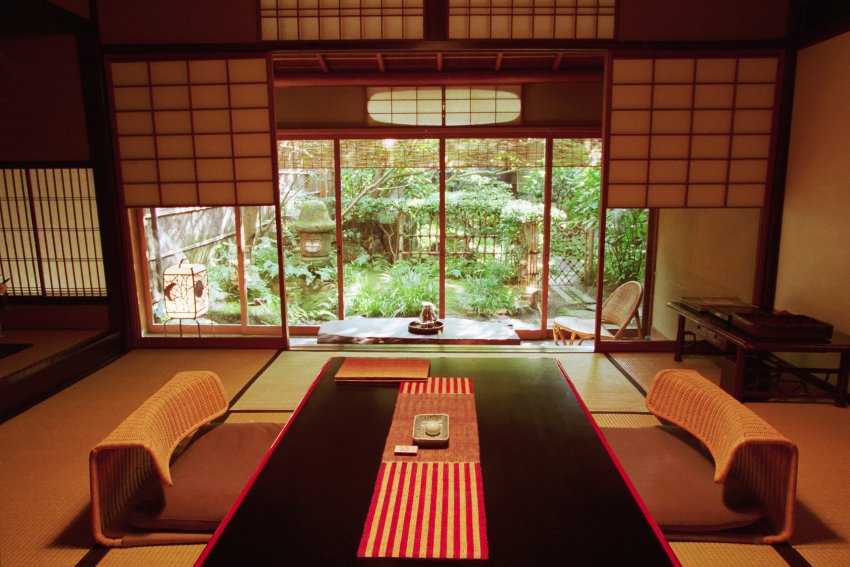
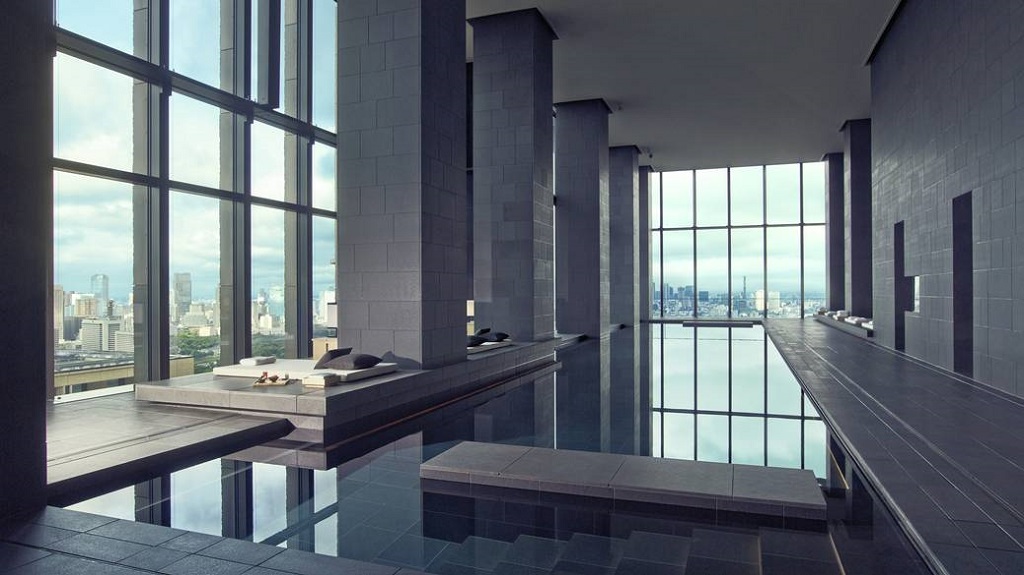
7. High-touch ryokans & luxury hotels
Amazingly, two of the most famous ryokans (Japanese inns) in Kyoto are located directly across the alleyway from each other. It’s difficult to distinguish Tawaraya from Hiiragiya – they both represent the very highest levels of high-touch service.
A luxurious ryokan may be defined as a ryokan with a long history, a traditional atmosphere, and where the owners extend individual service with modern conveniences. This is Japanese hospitality at the highest level. The Japanese-style rooms and baths are very comfortable and the traditional “kaiseki-style” meals are prepared in a meticulous, outstanding fashion. The ryokan is made entirely of wood and includes a Japanese-style garden. Luxury-level ryokans are very expensive, substantially higher than conventional 5-star luxury hotels. (Examples: Tawaraya, Hiiragiya, and Gora Kadan) The high costs of staying at one of these ryokans have no correlation with sleek, modern amenities such as flat-screen TVs and sound systems, high-tech bathrooms, or 5-star 24-hour room service, but, rather, due to the meticulous, sincere high-touch immersion into Japanese culture one experiences. This includes your own dedicated Japanese room attendant who individually serves your meals, prepares your bedding, and provides a wabi-sabi-centered service that is pure and real.
Another commonality of luxury ryokans is the uniquely Japanese “hinoki” wood soaking tubs. A cypress wood found only in Japan, hinoki is prized for its piney scent, anti-bacterial qualities, and longevity. Hinoki has been used for centuries to build the country’s numerous Shinto shrines.
Of course, being big Aman fans, we have enjoyed our stays at Aman Tokyo, Amanemu Ago Bay, and Aman Kyoto in addition to The Ritz-Carlton Kyoto.
Please note that due to their traditional nature, ryokans usually use futons for bedding instead of Western-style beds. Read more about our favorite ryokans here!
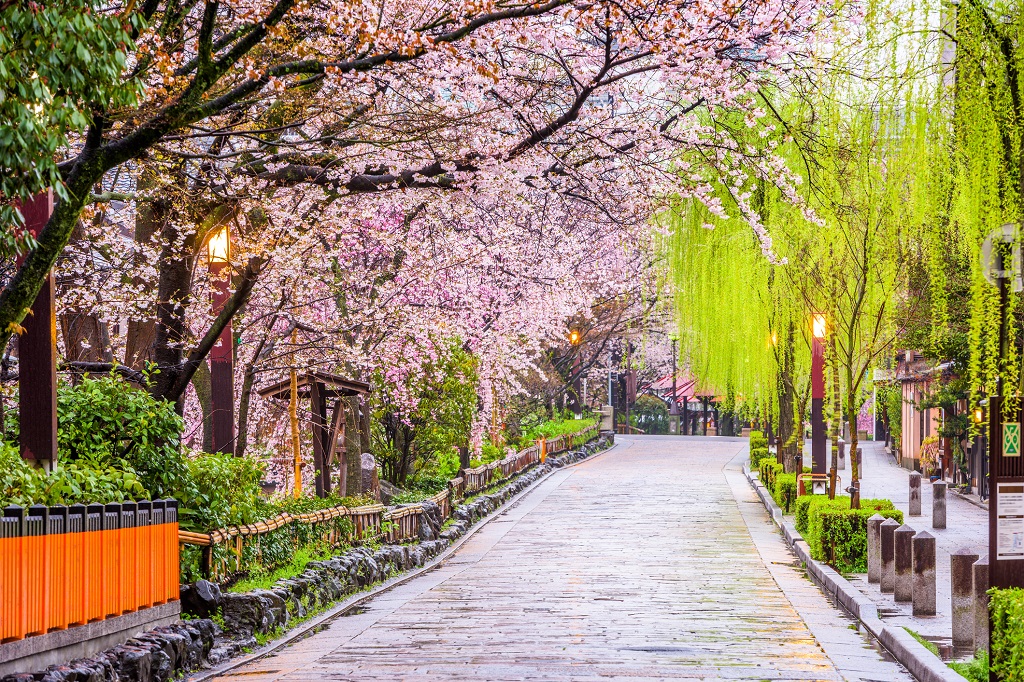
8. Japan’s unique service culture (Omotenashi/おもてなし)
Based on our many Lynch family travels to Japan, we are most impressed with the country’s sweeping, intrinsic sense of service and hospitality. Japan’s level of high-touch service (omotenashi) is fully integrated into its Shinto/Buddhist-centered culture. Very difficult to describe to someone who has never visited this land, omotenashi is something that must be experienced, an almost intangible sense of personal service that is extended with the utmost sincerity, grace, and respect. Our Lynch family’s stays at iconic Tawaraya and Hiiragiya ryokans in Kyoto are perfect representations of omotenashi. When departing these amazing luxury ryokans, the respective proprietress and staff escort us to the entrance alleyway, stand in a line, bow, and wish us all safe travels. Inevitably, when glancing back from our vehicle, the full staff is still in line and bows again when they see us looking back.
Surprisingly, to most American visitors, one pays no cost for Japan’s amazing service. With the exception of your private guide and driver, there is no tipping in Japan. When paying by credit card in any restaurant, you will notice there is never a tip line on the change slip. When leaving a cash tip during our last visit to the noteworthy Owariya noodle restaurant, we were chased down by our waiter for nearly half a block so he could return the tip we’d left. The waiter seemed dismayed and almost embarrassed that we would leave a gratuity.
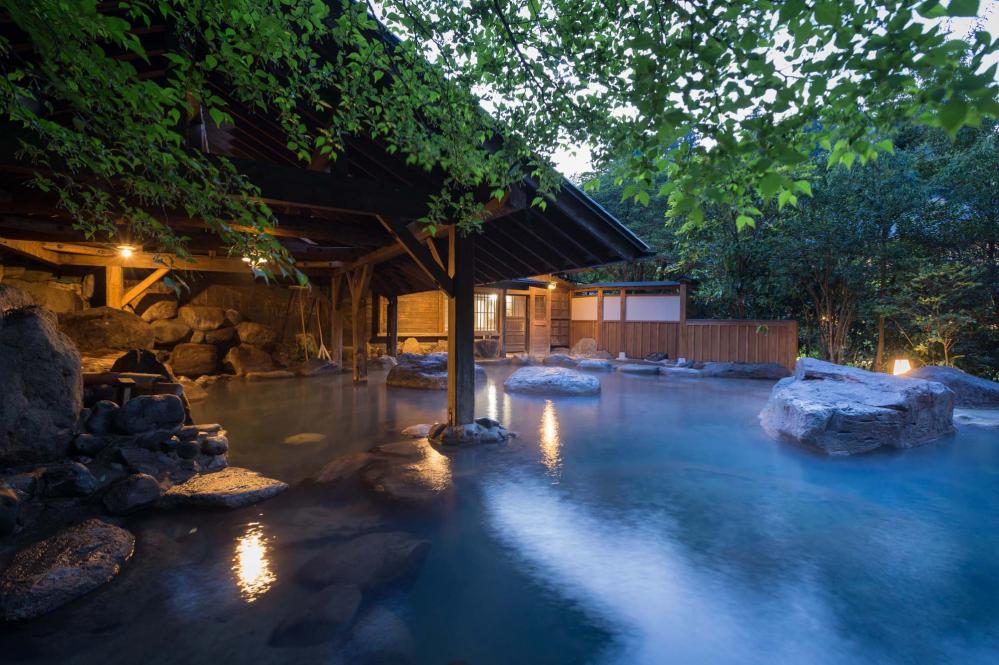
9. Onsen (natural hot springs)
Whether indoors or outdoors, Japan’s ubiquitous hot springs are a national treasure — relaxing, therapeutic, and cathartic. Gora Kadan in Hakone is our favorite! Every region of the country has its share of hot springs, along with the villages and towns associated. Although many hot springs belong to a specific ryokan, others are actual public bathhouses. Despite many Westerners’ shyness in bathing in these public houses, rest assured the relaxing, therapeutic experience is well worth the plunge.
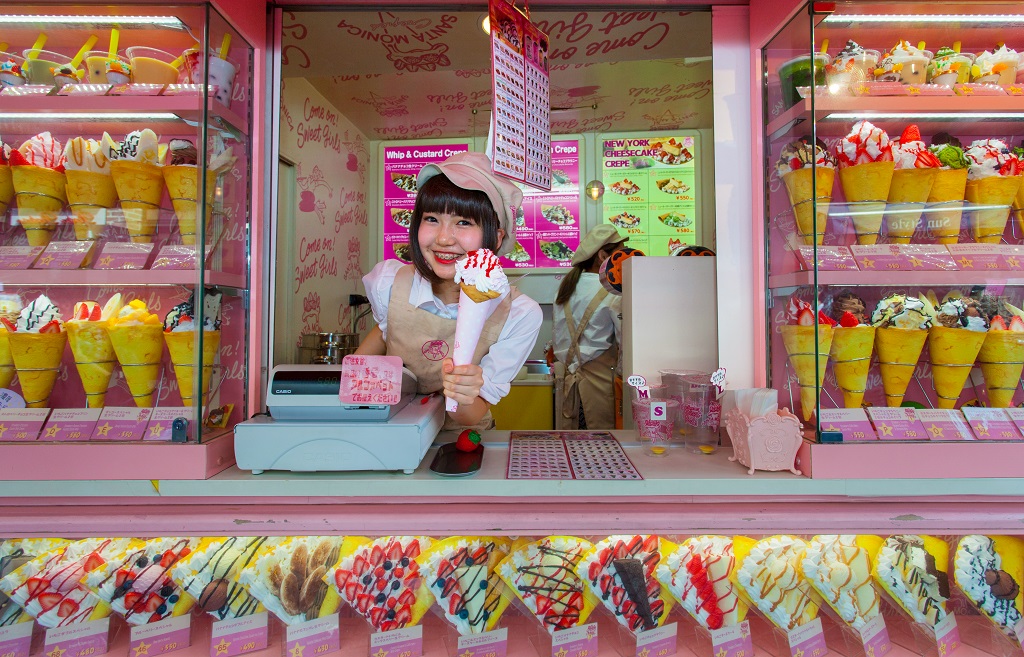
10. Japan’s unique shopping
Whether its world-class department store Tokyu Hands (our favorite!), Aritsugu (highest quality cutlery in all of Japan), Karakusaya (furoshiki wrapping paper), Lisa (wide range of lovely incense), or venerable Seikado (the oldest pewter craft shop in Japan, founded 1838!) in Kyoto, Japan’s shopping is most unique. Japan’s native Shinto/Buddhist-based culture, coupled with its obsession with quality translates into items made here that you may find nowhere else in the world! Additionally, Ippodo Tea Co. in Kyoto is a big name in matcha (a fine, powdered Japanese green tea), as they’ve been providing high-quality tea for over three centuries. Matcha is an integral part of the Japanese tea ceremony and a very special treat when visiting Japan. All hail matcha! Manga (Japanese comics) shops are also fun, uniquely Japanese places to shop. The Kyoto International Manga Museum features over 300,000 manga, and its shop contains over 1,000 manga-related items that can be found only there — perfect for souvenirs!